
Focos : A Glimpse Into the Future of Computational Photography
Focos is an iOS camera and editing app created by Xiaodong (Patrick) Wang in late 2017. The app utilizes the depth map generated by the iPhones with dual cameras to manipulate the bokeh of a photograph. Users can download and try the app at no cost, but the more advanced features can be unlocked via a subscription plan or a one time payment.
I purchased the iPhone X recently to store and edit photos while traveling. The initial photographs shot in Portrait Mode were impressive, but I was quickly underwhelmed by the unrealistic bokeh and the lack of controls. A friend had told me about Focos and its ability to imitate the look of vintage lenses, so I downloaded the app to see what it was all about.
Here’s Focos in action to create the photograph above, along with the interactive depth map of a birthday cake.
Depth mapping is the three-dimensional capture of a scene, similar to that of a light-field camera. Focos uses this map to allow the user to refocus on different depths after the image is taken, change the amount of bokeh, or modify it to the preferred shape and size. With this app, we can also simulate different types of lenses by creating profiles based on their bokeh signature. Having the ability to capture and manipulate the depth map in a mobile cellular device allows the user to take higher quality photographs anywhere they go.
The iPhone depth mapping feature is not without flaws. There are many factors that can throw off its accuracy, such as busy backgrounds/foregrounds, glass, and reflective surfaces. Part of a subject may end up blurred while the rest is sharp and properly focused, resulting in a ruined photograph. Further post production may be necessary to correct for these depth map issues. I’ve discovered that the tilt-shift effect in Focos can effectively hide these blur errors and salvage many of the failed photographs.
My main concern for Focos is that the DoF falloff is not as gradual as using a large aperture lens on a 35mm full-frame or medium format camera. This is especially true for close portraits made with Focos. The entire subject appears to be in sharp focus (resembling a cut-out), while the background is obliterated with blur.
Overall, I am very satisfied with Focos and the direction they are going in. iPhone users can now have a light-field camera in the palm of their hands. The depth mapping technology is not perfect yet and sometimes the results require tweaking, but this app is a big step into the realm of computational photography. The creative potential unleashed by Focos is endless.


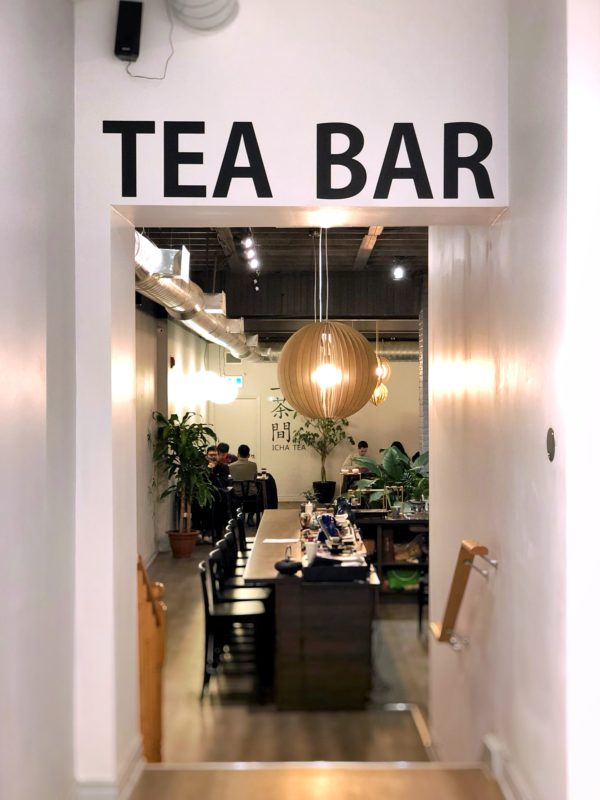

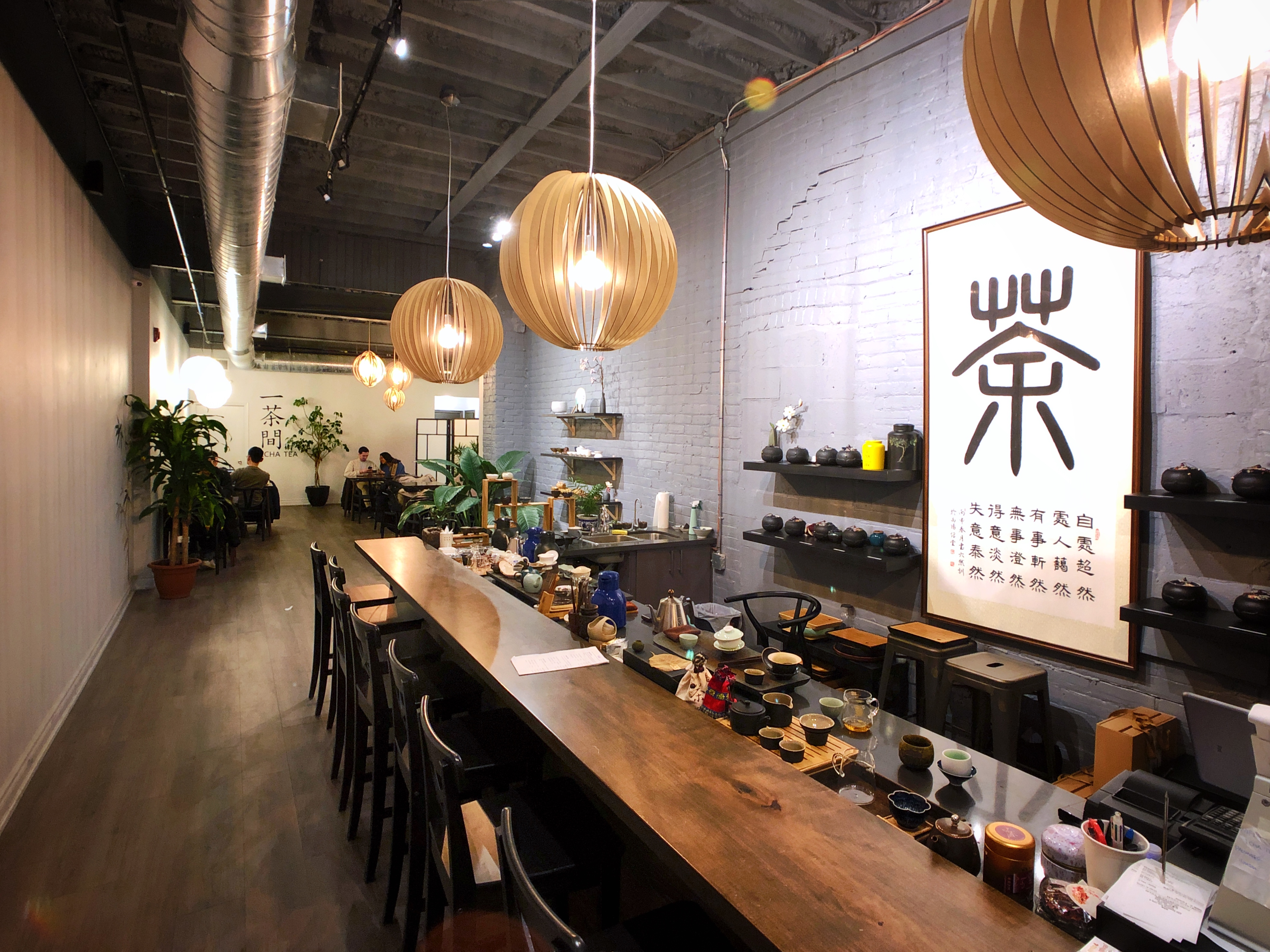
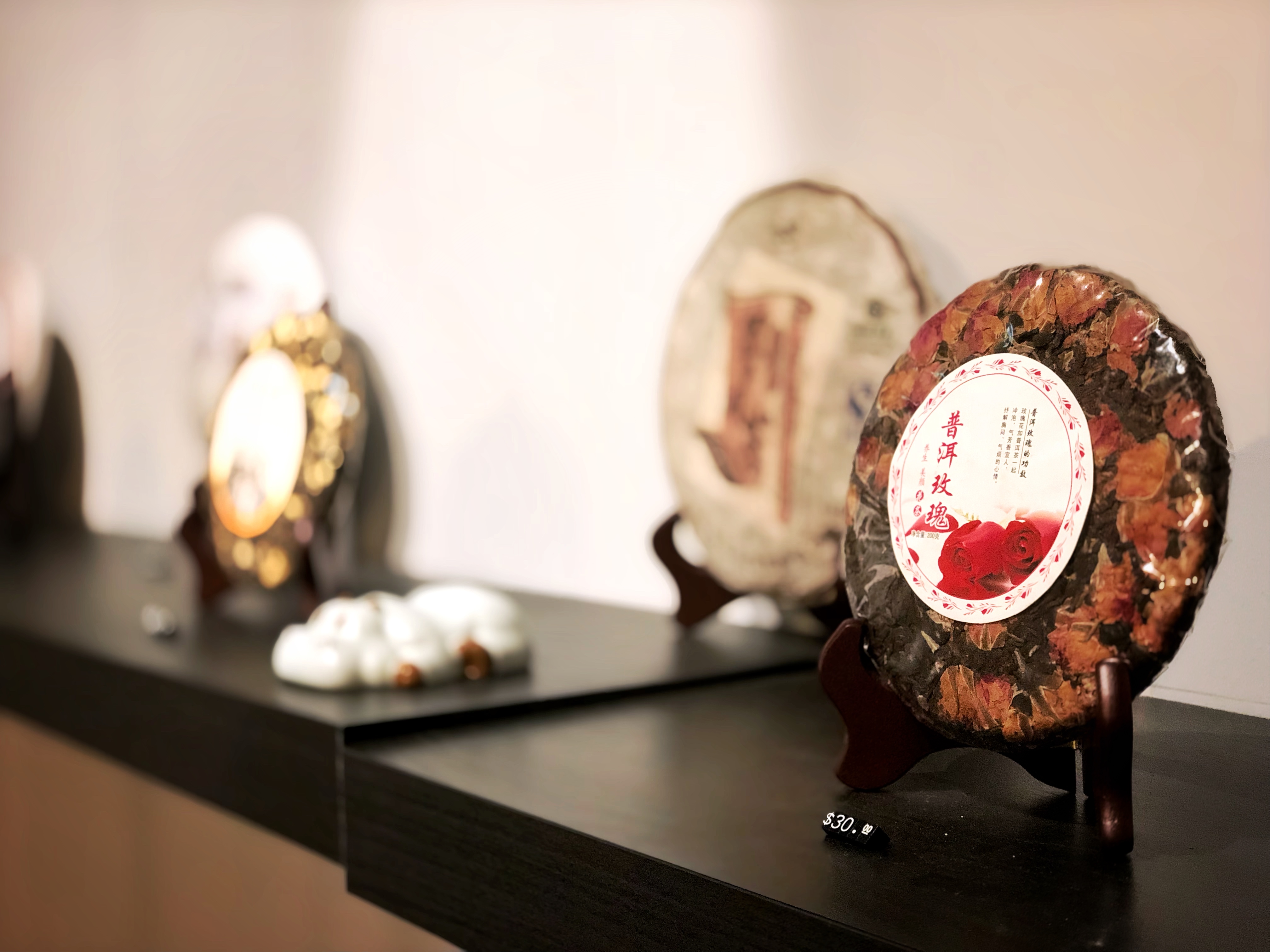
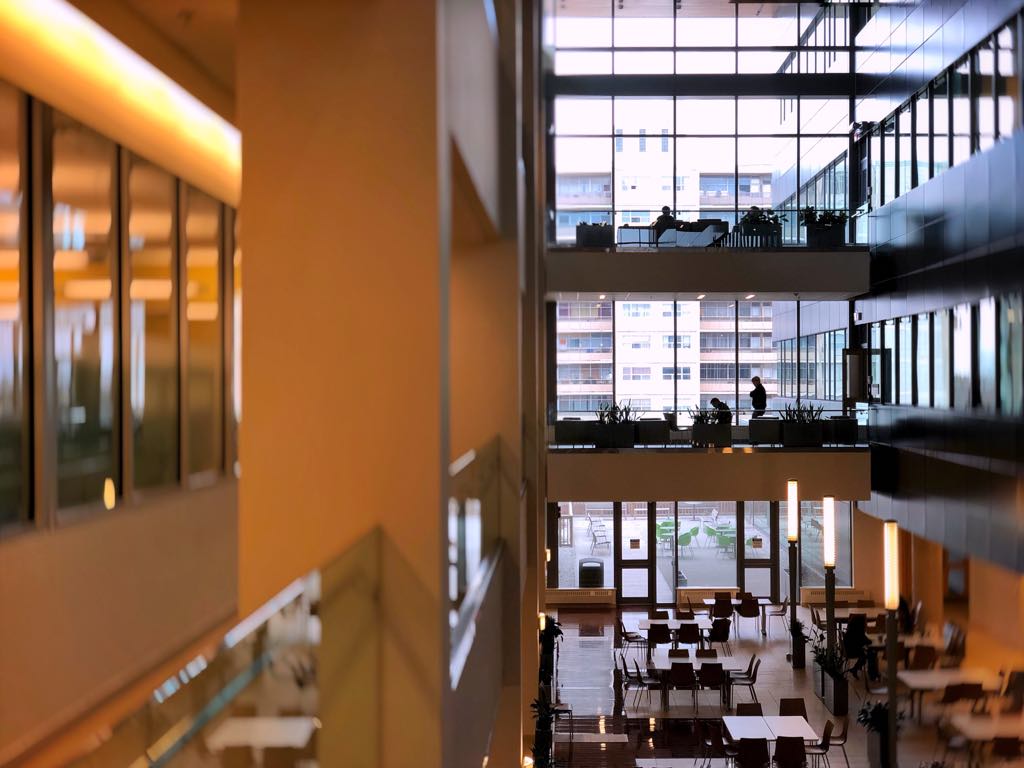
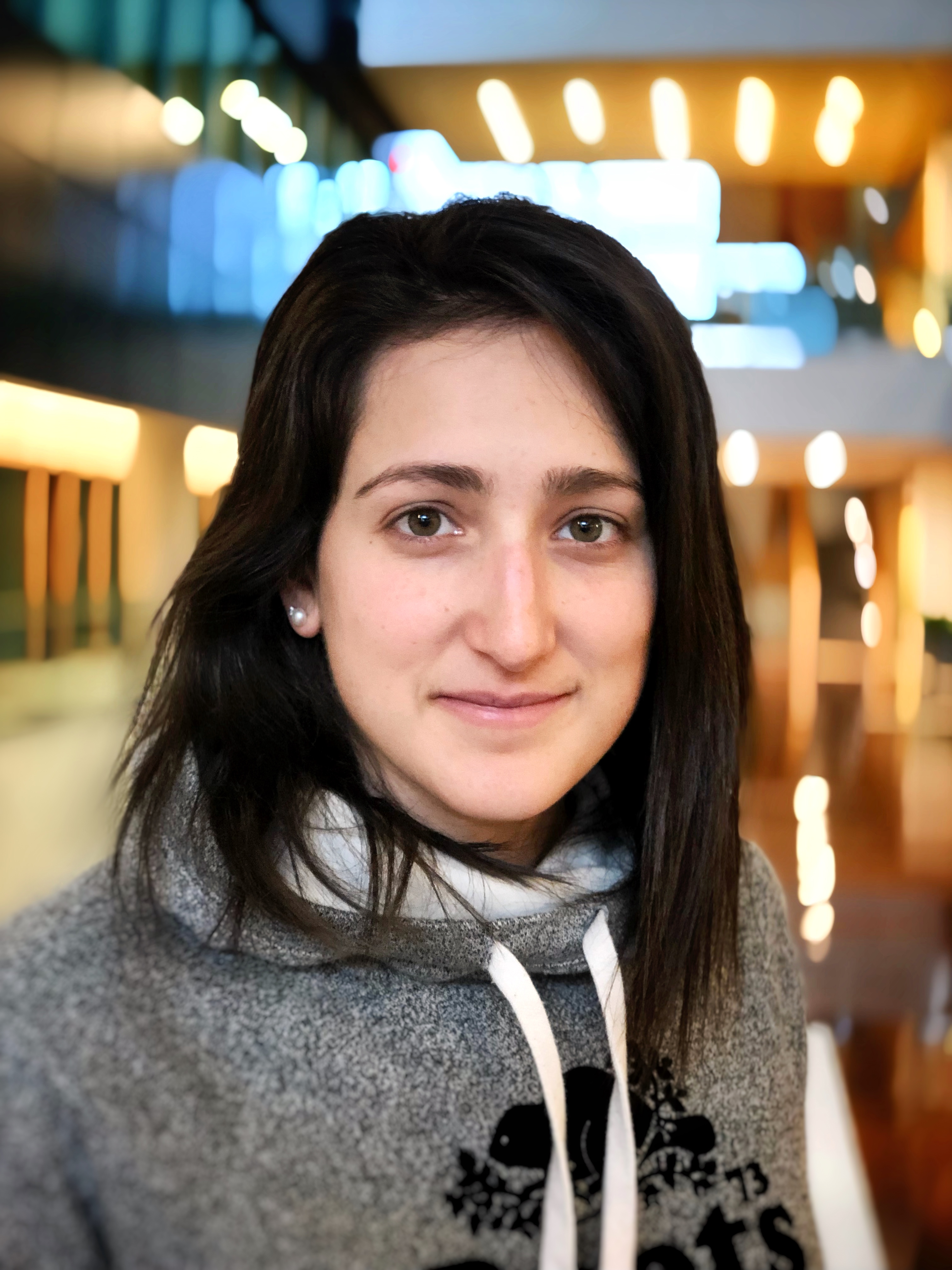


February 4th, 2018 ·
Awesome post. Definitely makes me jealous that I do not own a dual camera iPhone just yet. With that said the results you can achieve in such a small package are light years beyond where iPhone photography began. Great write up.
February 8th, 2018 ·
Thank you Joe!
I agree, this is a powerful setup in a mobile device that we photographers would have on us everywhere we go. It’s nowhere close to a high-end camera system yet, but for photographs where we don’t need 50mp and the highest d-range then this works well. I’m hoping that other mobile manufacturer has this light-field capability soon!
February 8th, 2018 ·
I’m the developer of Focos. Thank you Andy for this great post. I’m making the new version of Focos which allows you to edit the depth map with brush tool. So you can fix the flawed edge and get better result. The review with “Computational Photography” is the biggest reward for me. Thank you all.
February 8th, 2018 ·
Hi Patrick,
I’m glad you enjoyed the read!
A brush to edit the depth map sounds amazing, it would definitely be a great addition to the app.
Thank you for creating this app and I am very excited for upcoming developments!
October 5th, 2020 ·
отрадный сайт
bwin бонус
January 21st, 2024 ·
jcyreu
February 6th, 2024 ·
yzqnbw
November 30th, 2024 ·
6vs6i4
December 31st, 2024 ·
m7adsv
February 8th, 2025 ·
43du3q
February 9th, 2025 ·
09hzky
February 18th, 2025 ·
5nnppb
February 23rd, 2025 ·
oufryg
March 9th, 2025 ·
phpjjg
March 14th, 2025 ·
83ik3g
March 16th, 2025 ·
ay61gj
March 18th, 2025 ·
p1jlsd
April 13th, 2025 ·
jra48e
April 23rd, 2025 ·
bor0z2
April 28th, 2025 ·
lpuhap
May 15th, 2025 ·
r1zhy8
May 16th, 2025 ·
9jei7s
May 28th, 2025 ·
t4qpui
May 29th, 2025 ·
aeh6j0
June 2nd, 2025 ·
cx5pjh
June 3rd, 2025 ·
94mwad
June 5th, 2025 ·
i788nz
June 23rd, 2025 ·
i2bxt3
June 23rd, 2025 ·
tul4km
June 27th, 2025 ·
63npn9
June 28th, 2025 ·
13ouar
June 29th, 2025 ·
pdne9z
July 2nd, 2025 ·
v3jdzx
July 4th, 2025 ·
bmau5i
July 9th, 2025 ·
wyi8wh
July 30th, 2025 ·
ssd453
July 31st, 2025 ·
drqn8e
August 1st, 2025 ·
44onat
August 9th, 2025 ·
0b5t1m
August 9th, 2025 ·
9m2hn8
August 14th, 2025 ·
gv56c1
August 22nd, 2025 ·
np9kom
August 24th, 2025 ·
bbzpm6
August 25th, 2025 ·
f3esg7
August 30th, 2025 ·
9xqcw9
August 31st, 2025 ·
bvs6zu
September 7th, 2025 ·
qx6rb1
September 15th, 2025 ·
yso08f
September 16th, 2025 ·
52tmf4
September 23rd, 2025 ·
o9p0m3
September 24th, 2025 ·
6kc5z4
September 28th, 2025 ·
cbdoua
September 30th, 2025 ·
pno6xw
October 1st, 2025 ·
q60tgy
October 1st, 2025 ·
kw0ry4
October 3rd, 2025 ·
goc059
October 6th, 2025 ·
2zshdp
October 9th, 2025 ·
y6sbdz
October 10th, 2025 ·
ecye7o
October 19th, 2025 ·
u2j5da
October 20th, 2025 ·
s2pfvs
October 22nd, 2025 ·
8czspe
October 25th, 2025 ·
lmky7p
October 26th, 2025 ·
rywt4l
November 2nd, 2025 ·
gmfy0b